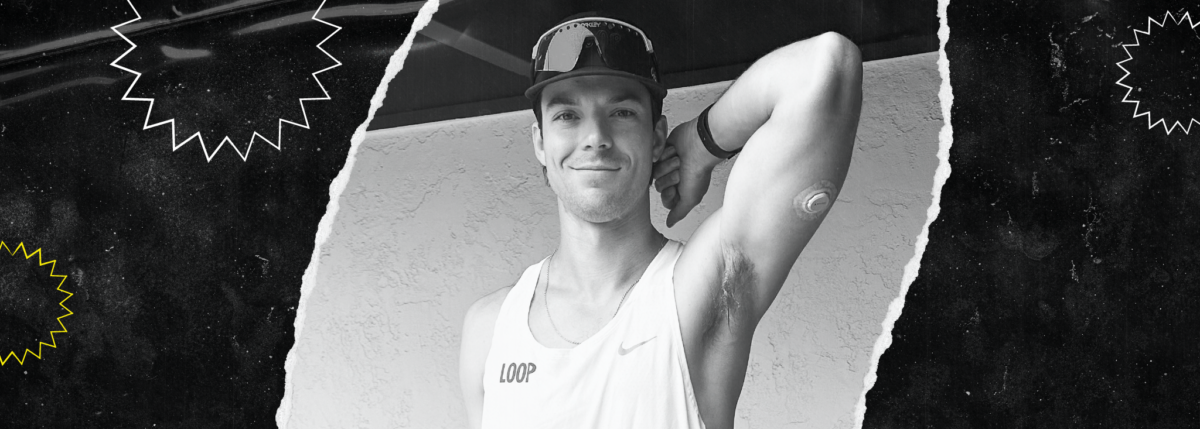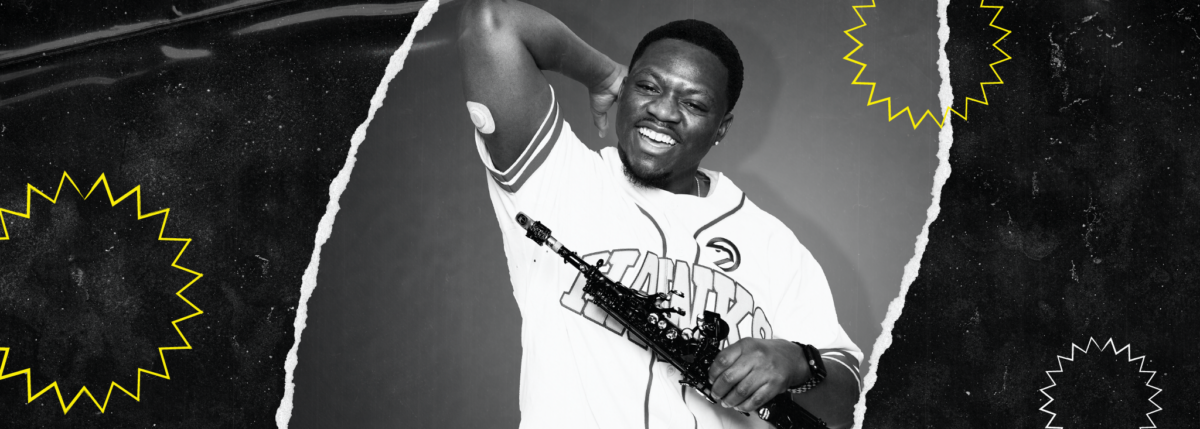The T1D Guide to Running Your First Marathon
Written by: Alexi Melvin
5 minute read
November 22, 2019
Alexi was a member of the 2021 Beyond Type Run team. The 2024 Beyond Type Run team is presented by Co-Exclusive Founding Sponsors Dexcom and Tandem Diabetes Care.
So, you have type 1 diabetes (T1D) and you want to run a marathon. You’re in luck! I did.
I was one of 27 folks with type 1 diabetes that crossed the finish line in the 2019 New York City Marathon on November 3rd, 2019.
If you are an experienced runner—this may not be for you. If you are a super-newbie runner who is hesitant or lacking confidence, read on. Truly, this is more a comedy of errors than a “guide.”
I decided that it would be best to first outline everything that went wrong as opposed to talking at length about what an amazingly gratifying and life-altering experience it was in the end, how many incredible friends I made and how I am already chomping at the bit to do it again. I’ll get to that. But first: the rough stuff.

I didn’t even come close to my training goal
Before training, I had never run more than about 7 miles—save for what my Health app says after a full day (walking) at Disneyland. Also, I have always been a strict power-walker, so my body has never quite adapted to full steam running. I was fairly consistent with my training, alternating between power-walking and running, but the highest mileage I achieved was approximately 12 miles.
Comparing myself to others really sucked
One of the pitfalls of social media: comparing yourself to other people’s experiences and accomplishments. This was just as true during training, if not more so. Within our Beyond Type Run team, we had some incredibly experienced runners who were able to guide and motivate the not-so-savvy runners like me. (Awesome!) However, seeing their weekly 15, 18 and 20-mile runs posted on Strava was brutal—especially on the days that my body and blood glucose (BG) levels wouldn’t seem to let me push past 2 or 3 miles.
The logistics were intense
From getting myself to the hectic Javits center in NYC in time to pick up my bib number and pre-race goodies to organizing my running belt for race day, the logistics leading up to November 3rd were arguably more stressful than running the marathon itself. Super insightful and obvious tip: worry about each step AS you complete each step—not before.
The start village is by far the worst part
The only time I legitimately thought: “I am not going to be able to do this,” was while waiting for four hours at the start village in Staten Island, coming dangerously close to hypothermia. The two extra layers of warm clothing that I eventually tossed in the donation bins before starting the race did absolutely no good to get my body temperature up. If I had known just how cold it was going to be, I would have brought ski pants and a down comforter. There are no places to sit other than the grass. The food options leave a lot to be desired (so bring your own!), unless you love bland bagels.
My glucometer stopped working
Be advised! Some glucometers flat out stop working when it’s cold enough. My meter only worked perhaps four out of the ten times that I tried to test. Many of my teammates opted not to bring one at all and only rely on their continuous glucose monitors (CGMs), but I am old school so I tend to do both. One of my lovely teammates let me use hers at the start village, and I made a quick stop at one of the medical tents along the marathon route to get a reading when I wasn’t sure whether or not my CGM was giving me a false low.
The good news: yes, there are medical tents—lots of them.

Nerves + BG spikes are a thing
I thought I was the only one. Despite taking a decent amount of insulin for my 5:00 a.m. breakfast, my BG just kept spiking right up until my 11:00 a.m. start time. I quickly found out I was not alone, though. Many of my teammates also started to experience anxiety/excitement spikes just before running. I decided to see how my blood glucose levels progressed after running for a couple of miles before making any correction decisions. It’s a good thing that I did—I dropped steadily, and wound up not having to take any fast acting insulin at all.
Disclaimer: I am not on a pump, so I had long acting insulin working in my system. This is not to be taken as medical advice.
I never want to see another gel or energy chew for the rest of my life
Honey Stingers gels and Gu energy chews are more or less the reason I lived to tell this tale. I had about three fairly significant blood sugar crashes at different points along the route. Thanks to my Dexcom CGM, which never wavered or lost signal, I caught them all in time. But I truly lost count of how many electrolyte pouches and chews I had to suck down to get my levels back up. My second medical tent pitstop was to get a bag of pretzels. I needed something in my system that was not of the gelatin family.
The takeaways
My most important realizations from running 26.2 miles: There is a fine line between knowing when to stop and knowing when you can push yourself a little further.
One of my mantras the whole way was: “stop if you need to.” I never had any time, goal or expectation to even finish the whole thing. Now that I’ve gotten this first marathon out of the way, maybe I can set some more ambitious goals for the next one. (Good lord, did I just say “the NEXT one?!”)
And the truth is, I did stop. I stopped many times—but I did not quit.
As a T1D, I have always felt that I was fairly skilled at knowing how to listen to cues from my body. Running a marathon has taken that skill to a whole new level. My biggest advice is to listen, and listen closely. There were several instances where I ultimately decided that I could keep pushing forward after taking a breath, having some water and/or a gel—but had my body wavered even an inch in the other direction, I would have bowed out.
Trust your own pace.
It took me an absurd amount of time to finish. But, it was the same for a lot of people—of all ages and circumstances. I made the decision to power-walk something like 75 percent of the race. Granted, my teammate Lauren Salko (who I crossed the finish line with!) assures me that my fast walk is the same pace as a lot of people’s slow run. And she’s a professional athlete so I have to believe her, right?! Right. But… I made certain to find my pace early on in the race, and to do my best to hold it steady. Of course, there were those moments of adrenaline when the crowds were going nuts and I felt motivated to run for as long as I felt was healthy for me.
I cannot speak for the rest of the team, but I do know that at least a handful of them, even the most elite of the bunch, also doubted themselves and/or fell short of their goals. Both during a marathon and in day-to-day life with type 1 diabetes, we have to find our groove. We have to take the hits as they come, plan as best we can and also make decisions on the fly.
What I know for certain is that all 27 of us have type 1 diabetes. All 27 of us started the New York City Marathon. And all 27 of us finished.
Alexi is raising money for Beyond Type 1 through Beyond Type Run—her fundraising will make a real difference in the lives of those living with T1D.

Author
Alexi Melvin
Alexi Melvin serves as chair of the Leadership Council’s Content Committee. She is a journalist who has written for The San Francisco Chronicle, Beyond Type 1 and other digital publications. Alexi is also a voiceover actor and reiki master. In addition to her dedication to being a voice for people living with type 1 diabetes (T1D) everywhere, she has always been passionate about meditation and energy healing. Before getting her Bachelor of Arts degree at The New School University, she studied acting at the Lee Strasberg Institute. She hopes to continue her healing work, and to connect with other T1Ds through her travels and writing opportunities.
Related Resources
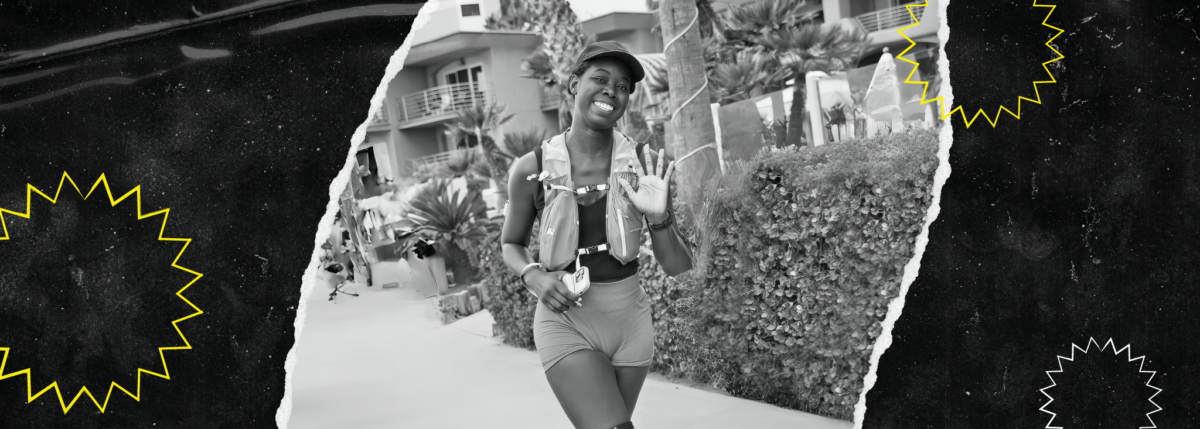
Danica Collins not only prepared for one of the most challenging physical events of her...
Read more
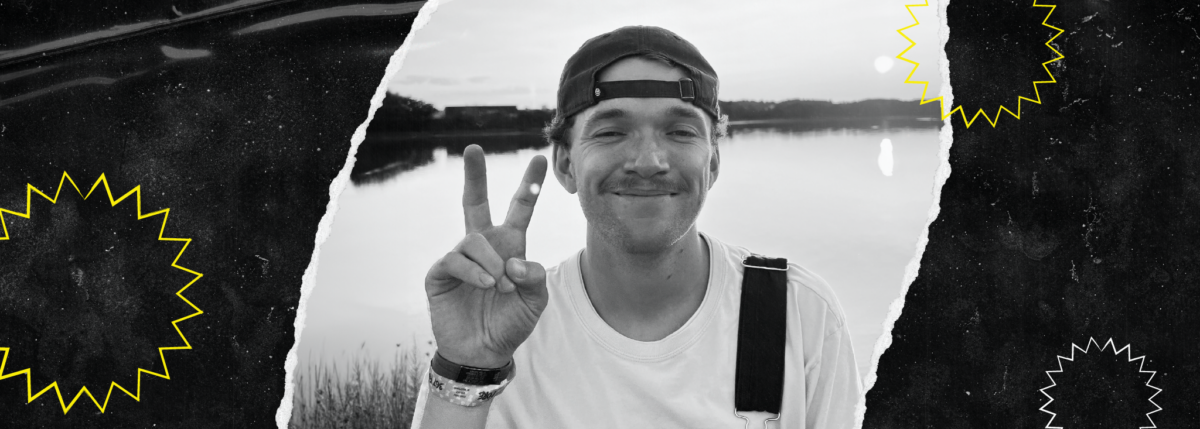
Beyond Type 1 is spotlighting inspiring athletes with type 1 diabetes as they prepare for...
Read more
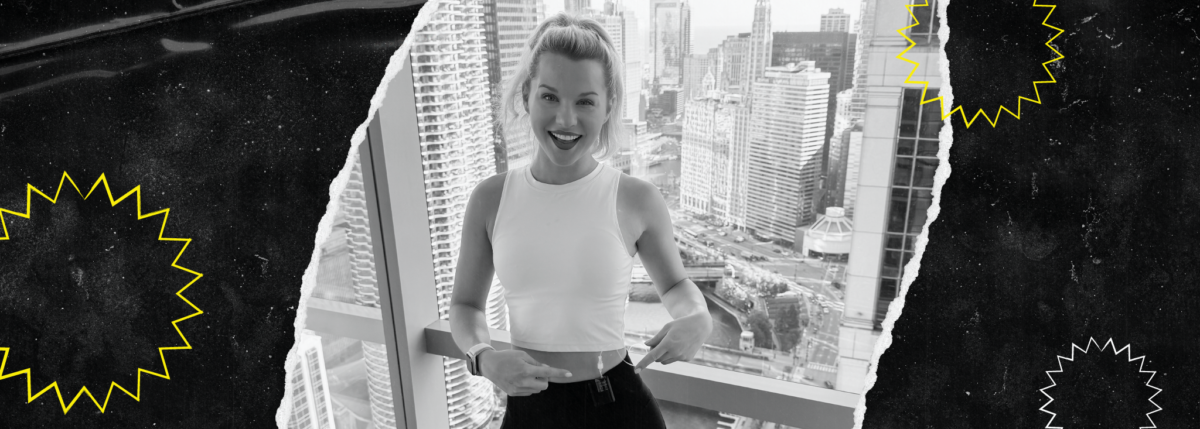
On November 3, 2024, Taylor Rindfleisch of Chicago laced up her running shoes for the...
Read more
